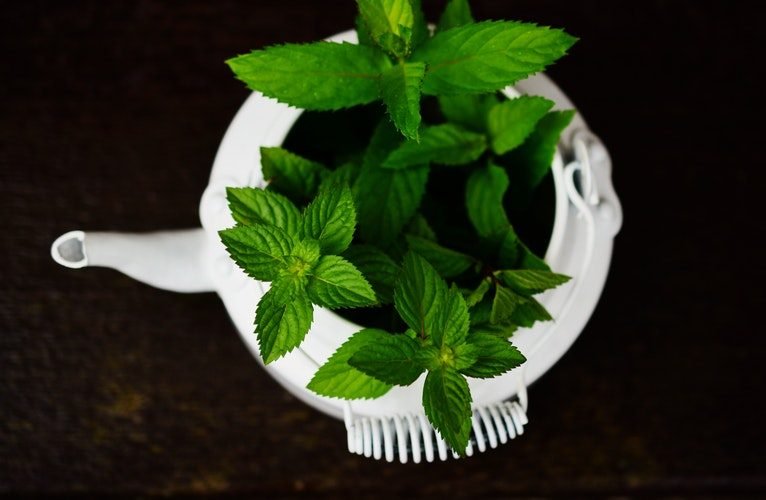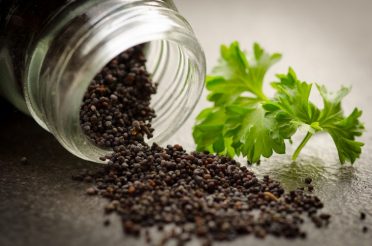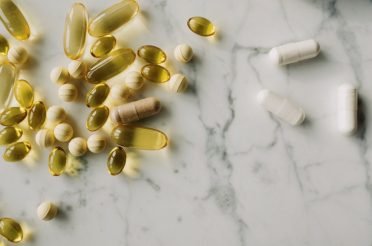Medieval herbal medicine

Medieval herbal medicine
During the medieval times, people relied on a number of herbal preparations to treat various ailments. In the twelfth century, people were not even aware of bacteria and viruses. As a result, illnesses were deemed as punishments from God. The underlying principle of medieval medicine revolved around four aspects: black bile, yellow bile, phlegm and blood. It was believed that the balance of these four contribute to the well-being of the person. Some of the medieval herbal medicines used during that period were the following:
Anise. Seeds were used in medieval herbal medicine to treat gas and encourage seating and an added ingredient in sweets and candies.
Balm, lemon. This herb was used as medieval medicine to counter melancholy. It was also used as food, furniture polish and to attract bees.
Calamus. This was used in medieval medicine as body powders. To achieve this purpose, the roots were dried and ground.
Cloves. This herb was used in medieval medicine as an antiseptic and painkiller.
Coriander. The seeds of this herb were used in medieval medicine to prevent fever.
Chamomile. This herb was used in medieval medicine as treatment for headaches.
Cumin. This herb was used in medieval herbal medicine to treat gas.
Flax. Seeds of this herb was used as laxative and placed in the eye to remove foreign objects.
Frankincense. This was used for incense and as medicine.
Ginger. The warmth in this herb was used to treat stomach problems and as medicine for plague.
Horehound. This herb was used in medieval herbal medicine as cough syrups. The drinks were used for coughs and colds.
Lavender. The dried flowers were used as medieval herbal medicine for headaches.
Marjoram. This was used in medieval herbal medicine as comfort for stomach pains.
Mint. This medieval herbal medicine was used to treat stomach ailments, wounds and to counter venom.
Mugwort. This was used as foot ointments and in treating women’s ailments in medieval herbal medicine.
Myrrh was a tree gum used as antiseptic on wounds.
Nutmeg. This nut was used in medieval herbal medicine as aid in improving digestion.
Rosemary. Flowers of rosemary were used in medieval herbal medicine as an all-purpose medicine. It was burned as an incense to eliminate or prevent infection particularly plague.
Rue. It was used in medieval herbal medicine to treat venomous bites and poor eyesight.
Saffron. This herb is used as medieval herbal medicine for treat infections.
Sage. This is used as medieval herbal medicine for cleansing the system.
Thyme. This herb was burnt in medieval herbal medicine to fumigate against infection.
Yarrow or Achillea. This herb was used to treat wounds, headaches and bite of mad dogs in medieval herbal medicine.







